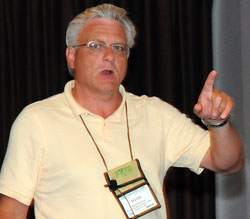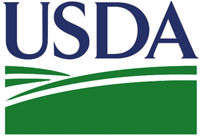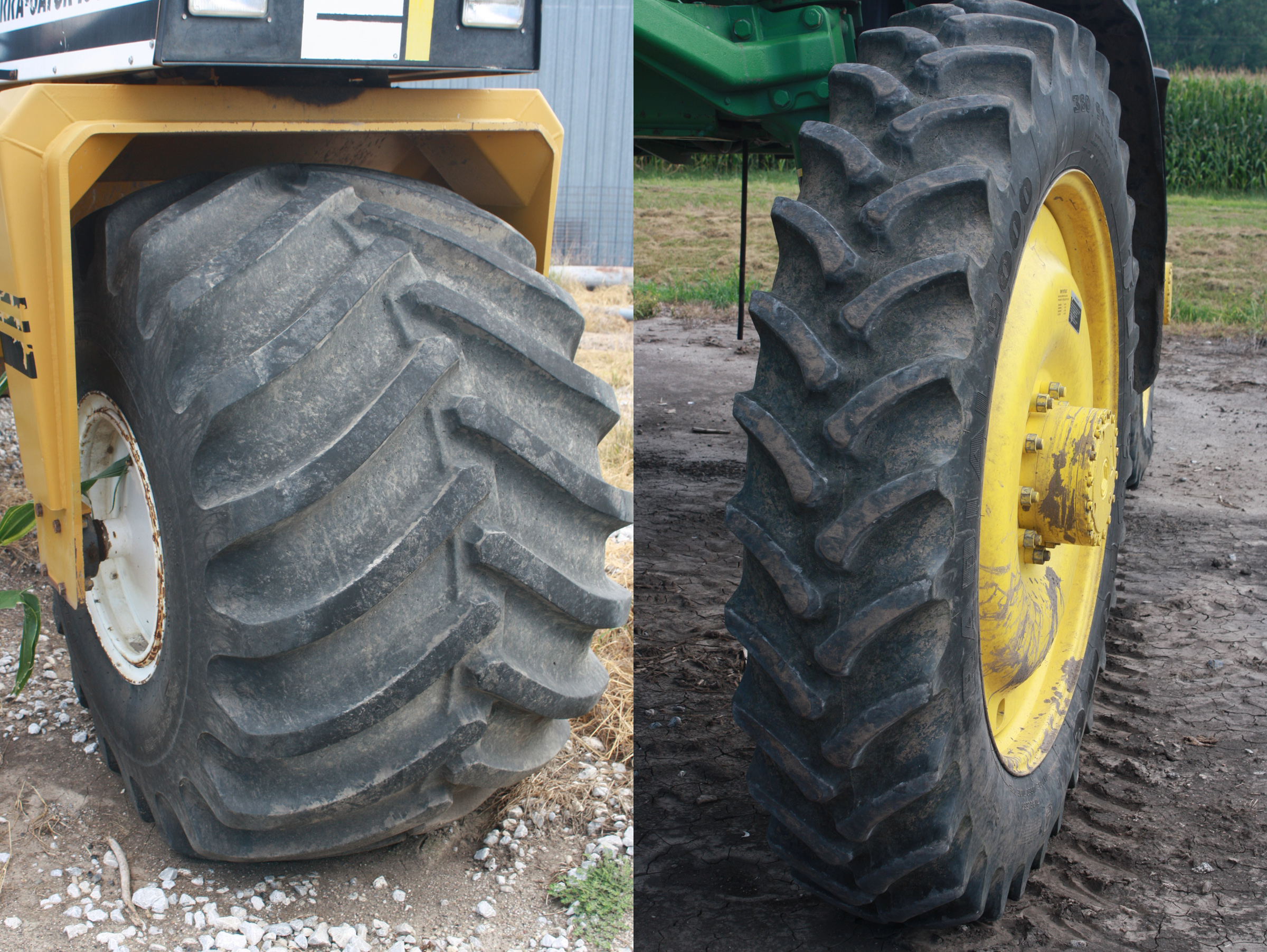 The Impact of Digital Media on Farmers and Ranchers was the title of a NAMA Boot Camp presentation by Jack Semler, Readex Research.
The Impact of Digital Media on Farmers and Ranchers was the title of a NAMA Boot Camp presentation by Jack Semler, Readex Research.
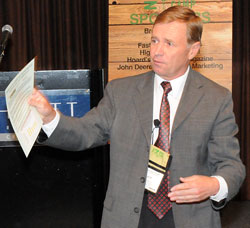 I’ve been hoping to see Jack’s research which was done for the American Business Media’s Agri Council but have missed presentations at events like the Ag Media Summit. The farmers surveyed for this project were taken from subscribers to ABM Agri Council member publications encompassing a wide cross section of commodity types. You’ll hear Jack describe it more in the program. Probably the biggest take away from the research is that “print is alive and well” and that the internet is becoming increasingly important to farmers as an information source.
I’ve been hoping to see Jack’s research which was done for the American Business Media’s Agri Council but have missed presentations at events like the Ag Media Summit. The farmers surveyed for this project were taken from subscribers to ABM Agri Council member publications encompassing a wide cross section of commodity types. You’ll hear Jack describe it more in the program. Probably the biggest take away from the research is that “print is alive and well” and that the internet is becoming increasingly important to farmers as an information source.
You can download information from the research study on the ABM website.
ZimmCast 270Thanks to our ZimmCast sponsors, Novus International, and Leica Geosytems for their support.
The ZimmCast is the official weekly podcast of AgWired. Subscribe so you can listen when and where you want. Just go to our a Subscribe page

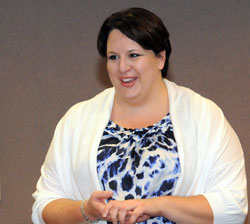 Communications plan? What communications plan? Sound familiar? You need a plan and helping NAMA Boot Campers with a method to create one was Beth Burgy, Broadhead+Co. Her presentation is titled, “Little Red Riding Hood and the Big Scary Communications Plan.” To learn how little red riding hood figures in you’ll need to listen to my interview with her.
Communications plan? What communications plan? Sound familiar? You need a plan and helping NAMA Boot Campers with a method to create one was Beth Burgy, Broadhead+Co. Her presentation is titled, “Little Red Riding Hood and the Big Scary Communications Plan.” To learn how little red riding hood figures in you’ll need to listen to my interview with her.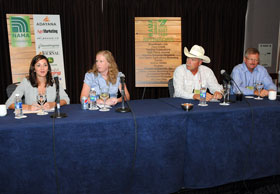

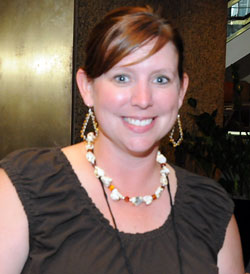 The 2010 National Agri-Marketing Association
The 2010 National Agri-Marketing Association 